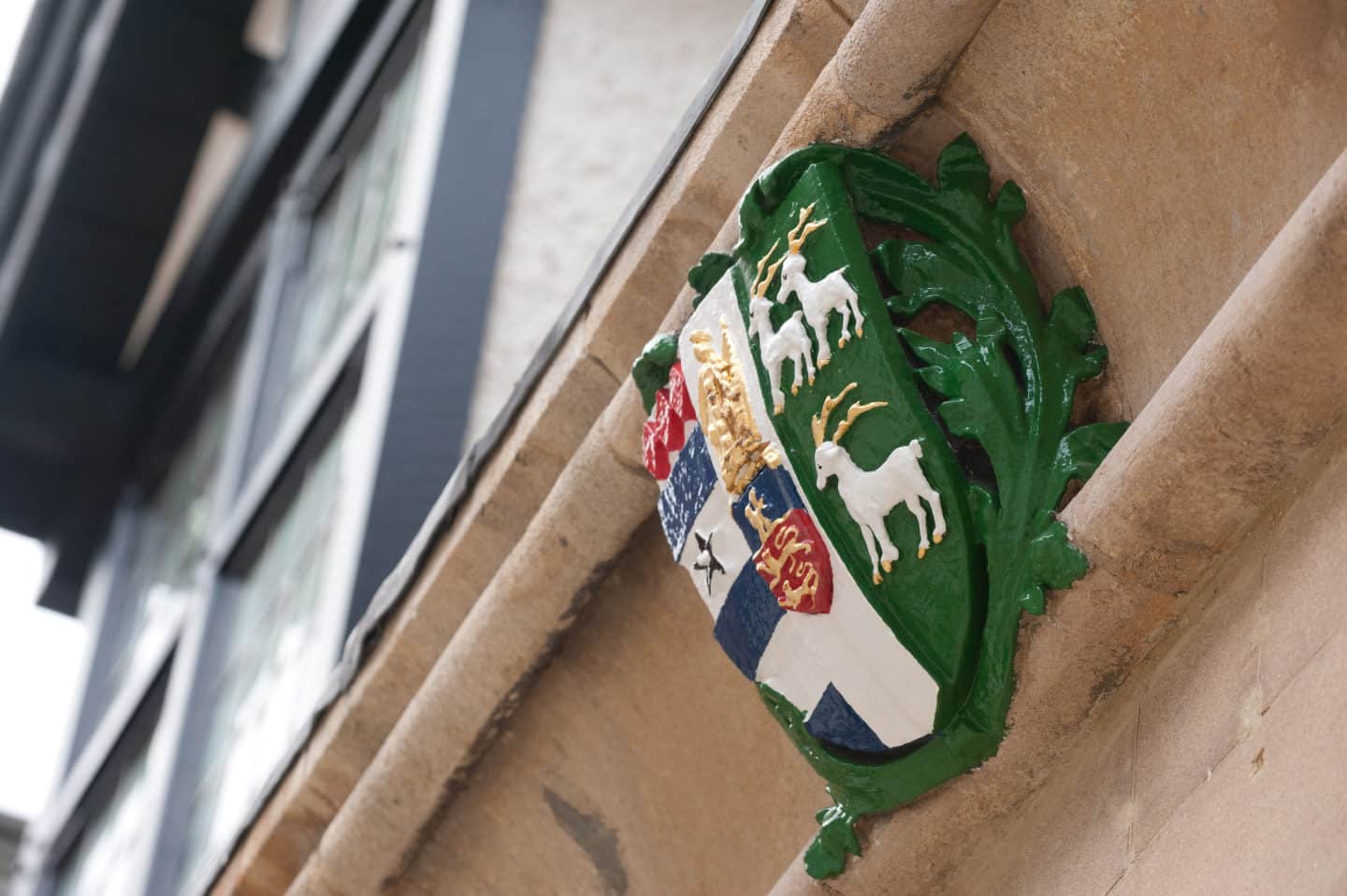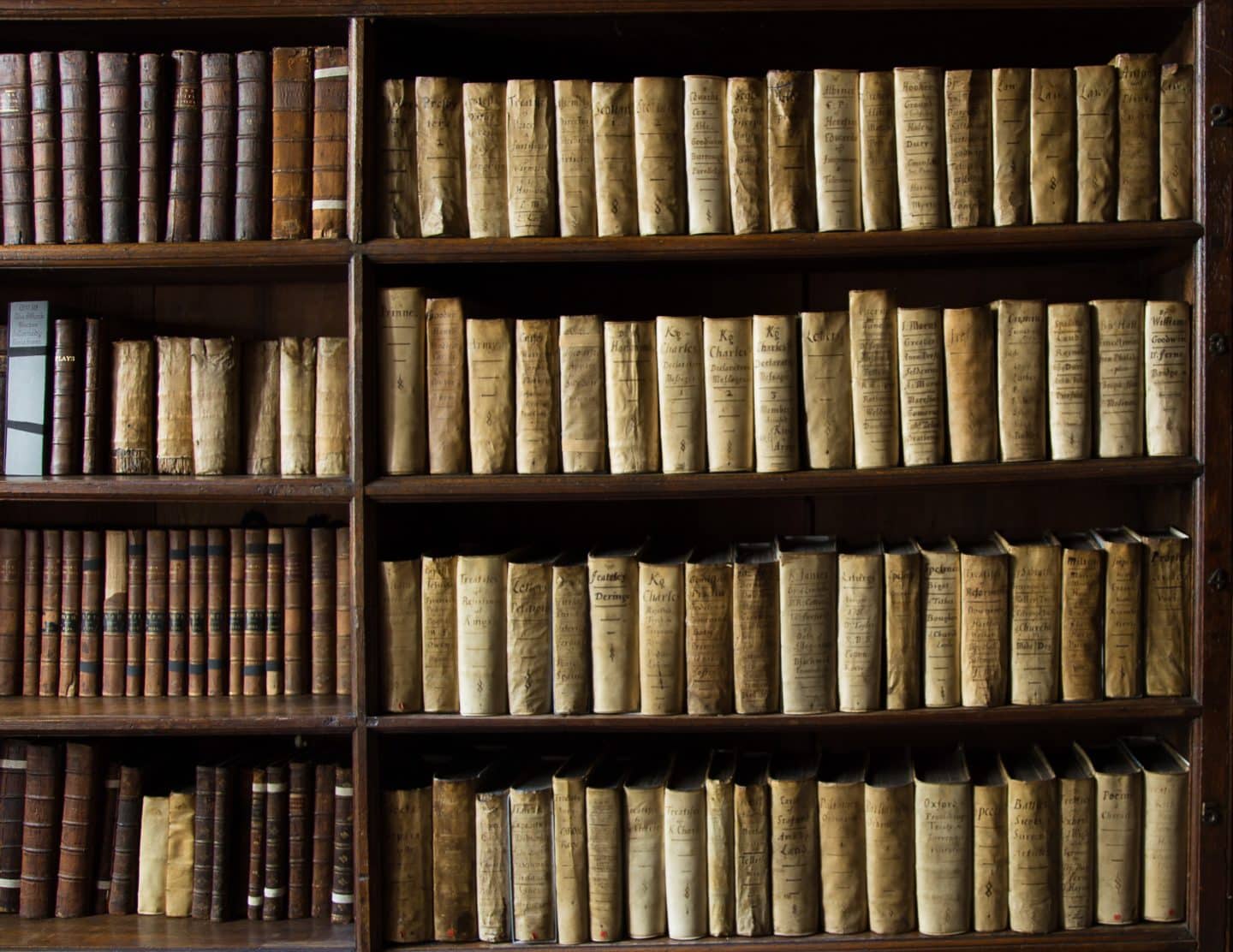Blog Post
The History of Lincoln Fundraising: A look at the Anglo-Norman Charters in the Lincoln Archives
Today, Lincoln College is spearheading an international campaign to fundraise money in honor of the College’s upcoming 600-year anniversary. However, in the past, “fundraising”, and earning money for the College, looked very different.

The rich collection of medieval charters in our archives show land and money transactions from the medieval period in relation to Lincoln College. Most of these documents are written in Latin, but 10 of them are in Anglo-Norman. Anglo-Norman is a mix of Old Norman French and Anglo-Saxon. Before the Norman invasion, Latin and Old English were the dominant languages in England. From 1066 to the mid-15th century, Anglo-Norman became the language of the elite. The Anglo-Norman charters housed at Lincoln College today allude to the fact that members of the ruling class were involved in these transactions.
Some of the Anglo-Norman charters in our collections are connected to Chalgrove which is just a 30-minute drive from the College's main site. Chalgrove was one of the estates of the College, and in Vivian Green’s comprehensive history of Lincoln, it shows that the College owned at least three properties in Chalgrove. In the past, fellows of the College would go on progress and tour the estates of the College, including Chalgrove. This tradition is still alive, though there are much fewer trips taken since World War II. The relationship between Lincoln and Chalgrove began in 1508 when the College used money from Bishop William Smith of Lincoln to purchase the Manor of Senclers in Chalgrove. Later, in 1514, Sir William Finderne endowed the College with lands at Chalgrove which had an annual value of 20 shillings. Both him and his grandfather had donated to Lincoln and asked for prayers for their family during College sermons as one of the acknowledgements of their gifts.

The format of a medieval charter is formulaic, and this makes translating them easier. They usually contain some sort of invocation to God, the identification of the author, the identification of the recipient of the charter, the transaction, and end with a date using the regnal year of the monarch and religious feast days. They also often have a seal attached to them of all relevant parties involved in the transaction, authenticating the document.
One of the 10 Anglo-Norman documents in the Lincoln College archives is a receipt for three livres (LC/EL/CHG/D/1). This charter was given by William of Chalgrove, the bailiff of Sir Axel of Larvant, to Henry Cary of Oxford. William’s seal is black and fragmented with possibly the image of a bird on it. The charter is dated to the Vigil of the Ascension during Edward II’s reign in 1311.

Another Anglo-Norman document in Lincoln’s collections details the lease of a farm in Chalgrove from Thomas Barantygne of Chalgrove to Serle Tirel and his wife Augnes from 1372 (LC/EL/CHG/D/2). The lease is for seven years of a farm called ‘de bok Arwyagne de Hassele' with an annual rent of 46 shillings and 8 pence. Bok or bokland means ‘bookland’ which was a type of land tenure under Anglo-Saxon law authenticated with a charter. Land held without a charter was known as folkland. The seal on this charter is a red crest with a coat of arms including three of the same floral motif. This charter is also a chirograph, meaning that the text is duplicated and the parchment is divided into two parts. The wavy top of this document should fit perfectly along the other half which the other relevant party in the transaction would have.

Each medieval charter in the archives shares a different story featuring various actors who all financially contributed to the College. Some of this land is still contributing to the College’s finances today. A closer look at a few of the Anglo-Norman charters shares the history of Lincoln’s connection to Chalgrove, and how this connection, bound by parchment and wax seals, financially benefited the College for centuries to come.
By Maria Murad, MPhil in Visual, Material, and Museum Anthropology (2021-2023) and current DPhil Candidate in Anthropology
BIBLIOGRAPHY:
Green, V. H. H. (1979). The commonwealth of Lincoln College, 1427-1977. Oxford: Oxford University Press.

